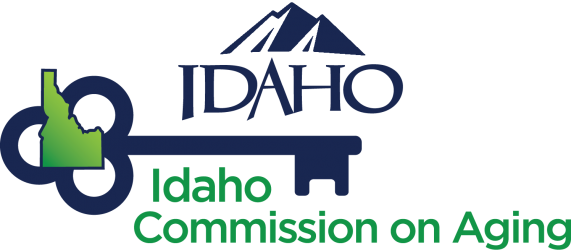Be Aware of Exposure to Excessive heat
(Central District Health, ID 2021-0628)
We love our summers in Idaho but on occasion, we get a weather situation that can be not only harmful but downright dangerous. It happens when the temperature is over 100 degrees for more than one day. This is called an “extreme heat” situation and requires extra attention for ourselves and others, especially those who are over age 65 and/or have other medical conditions.
Heat stroke, heat exhaustion, and heat stresses are not uncommon during extremely hot temperatures. Heat stroke is the most serious.
Older adults over 65, people with chronic conditions, and individuals who work outdoors may be more prone to heat stress.
Heat stroke occurs when the body becomes unable to control its temperature: the body’s temperature rises rapidly, the body loses its ability to sweat, and it is unable to cool down. Body temperatures rise to 106°F or higher within 10 to 15 minutes. Heat stroke can cause death or permanent disability if emergency treatment is not sought.
If you notice any signs of heat exhaustion or stroke in yourself or those around you, seek medical help immediately.
Signs and symptoms of heat stroke vary but may include:
list of 6 items
An extremely high body temperature (above 103°F)
Red, hot, and dry skin (no sweating)
Rapid, strong pulse
Throbbing headache
Dizziness
Nausea
list end
Heat exhaustion is a milder form of heat-related illness that can develop after several days of exposure to hot temperatures and inadequate or unbalanced replacement of fluids.
Signs and symptoms of heat exhaustion vary but may include:
list of 12 items
Heavy sweating
Paleness
Muscle cramps
Tiredness
Weakness
Dizziness
Headache
Nausea or vomiting
Fainting
Skin: may be cool and moist
Pulse rate: fast and weak
Breathing: fast and shallow
Protect yourself and others
Air conditioning is the strongest protective factor against heat-related illness. Exposure to air conditioning for even a few hours a day will reduce the risk for heat-related illness (CDC).
If you do not have access to air-conditioning in your home, seek relief from the heat by visiting friends and family or while visiting public areas with air-conditioning. Because power outages are possible during extreme heat, if you are someone who relies on electricity to power medical devices, it is advised that you have a back-up plan – a neighbor or relative who can help or back-up power source.
Other helpful steps during days with extreme heat:
Drink plenty of water.
Wear light-colored, lightweight and loose-fitting clothes.
Apply sunscreen at least 20 minutes before going outside (SPF 15+ is best).
Limit exposure to the sun – stay out of the sun during the hottest part of the day (the sun is most powerful between 10 a.m. and 3 p.m.).
Check up on relatives and neighbors.
Keep a close eye on children and older adults for any signs of heat cramps, heat exhaustion, and heat stroke.
Never leave young children, older adults, or pets unattended in a vehicle under any circumstances. Car interiors can reach lethal temperatures in a matter of minutes.
Known Cooling Shelters/Areas Available in Boise
list of 5 items
Boise Rescue Mission Ministries – 24-hours, Monday through Sunday
Boise Library, downtown location – 1 pm to 4 pm
Cathedral of the Rockies Church, downtown campus – Noon to 4 pm, Monday through Friday
Corpus Christi House – 9 am to 4 pm, Monday through Saturday
Interfaith Sanctuary Housing Services – 8 am to 5 pm, Monday through Sunday
Information Resources:
Extreme heat FAQs from CDC:
https://www.cdc.gov/disasters/extremeheat/faq.html
Learn more about extreme heat:
CDC infographic on heat stroke vs. heat exhaustion:
https://www.cdc.gov/cpr/infographics/astheat.htm
Summer safety tips:
